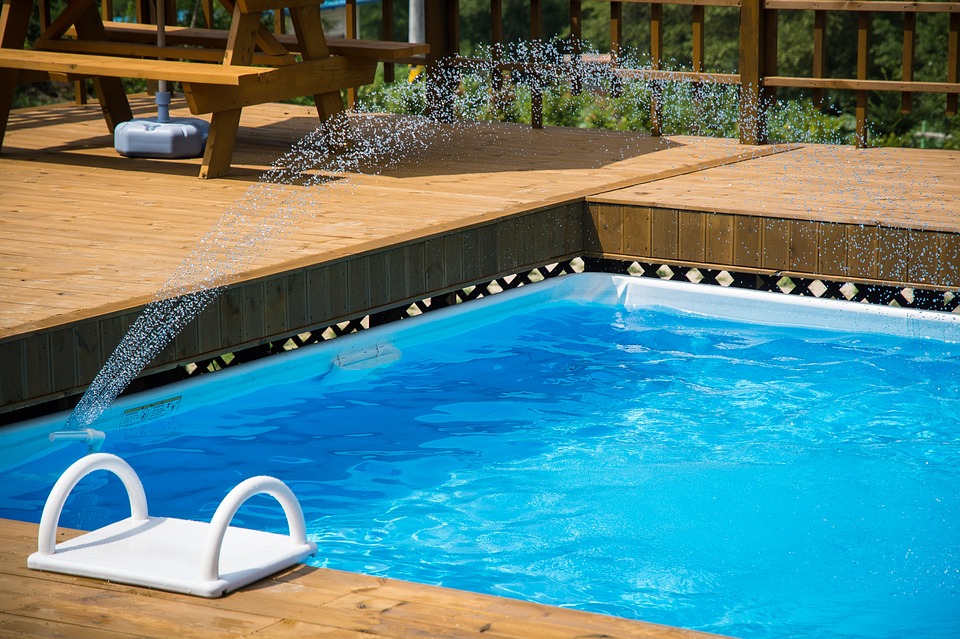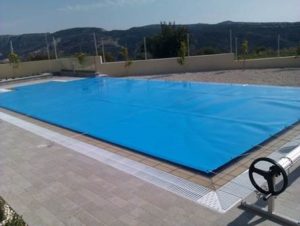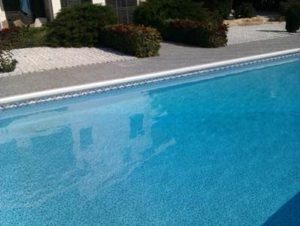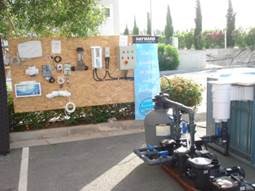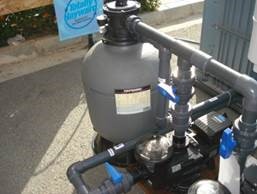Life is better by the pool!
Swimming pools cool us down during the hot summer days as well as enhance our garden and increase the value of our property.
Before you decide to build your pool, we would like to take you through different types of construction options you might want to consider.
A swimming pool consists of 3 major components:
1. The shell
2. Finishing or membrane
3. Filtration equipment
1. The Shell
The shell type depends on the type of the pool. If your pool is of a skimmer type, then the shell can either be of concrete with mesh reinforcing, a PVC LINER finishing, or a concrete shell with re bar reinforcing. This option requires waterproofing and tiles (normal or mosaic) and is more expensive than the liner option. A liner pool can also have a prefabricated aluminum shell, which saves time in the construction process.
Generally if your pool is an overflow type it has a concrete shell with reinforcing. The overflow system can have a channel and grill system, a vanishing edge feature, or combination of both. An over flow pool can also be done with liner. The construction of an overflow type pool is generally more expensive than a liner pool and it will also require more maintenance.
2. Finishing
A swimming pool with PVC Liner is the most popular and most economic option. The liner comes in variety of colors and patterns. It is welded on site and if maintained correctly it can last a life time. It is also a lot cheaper to maintain and replace compared to other options.
A tiled pool is more expensive, but a lot more attractive. This type of pool also needs to be water proofed and if damage occurs it is more costly to repair.
3. Filtration equipment
A swimming pool system consists of the pump which circulates the water it draws from the drain, and skimmers / overflow (acts as skimmer). It passes it through the filter (sand / glass media), or cartridge which cleans the water and recirculates it back to the pool via the inlets. The pump can either be (i) Electric or (ii) Photovoltaic* which has zero running costs. As a rule of thumb a pool pump should circulate the water every 4 hours and 2 water changes are required per day. The pool water is kept free of bacteria by the addition of chlorine and acid, or by salt chlorination which produces chlorine via an electronic cell. This is softer than normal chlorine and does not have the smell of chemically produced chlorine. Pools can also be sanitized with ozone generators or ultraviolet sterilization.
*Photovoltaic pumps
– Solar water pumping offers a welcome alternative to fuel-burning generators for pumping and irrigation applications.
– Pumping systems are available and can be designed for small, medium and large scale water demands.
– Solar electric powered pumping is extremely effective. Maximum pumping power is available on sunny days when water is more necessary.
– They have good long term efficiency and credibility. They are pollution free, corrosion-free, self-lubricating and noiseless.

